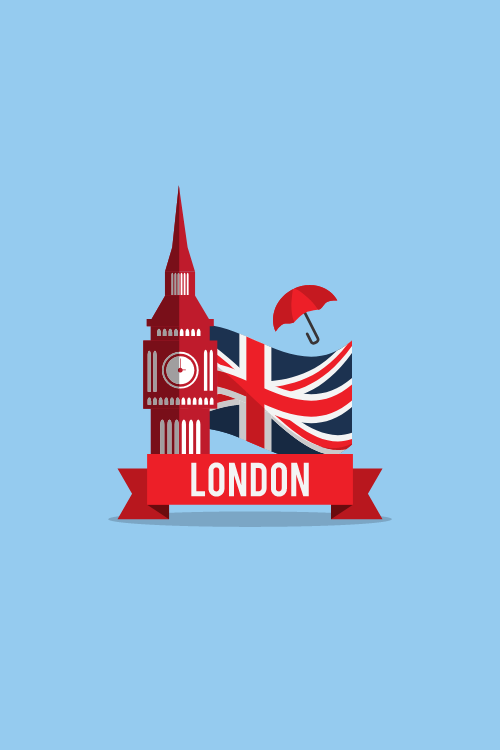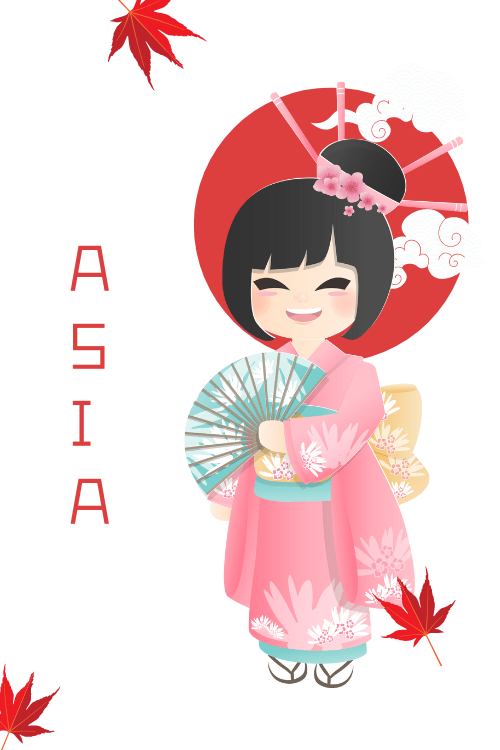eSIM Australia
Best Time to Visit Melbourne
Melbourne’s variable weather patterns and diverse events calendar require careful planning for visitors. This guide uses climate data, tourism statistics, and event scheduling to help you choose optimal travel dates.
Key Factors to Consider:
- Weather variations (including same-day temperature swings)
- Cultural events and festivals
- Tourism peak seasons
- Travel costs
- Local activities availability
Before planning your trip to Melbourne, consider using an Australia eSIM for reliable mobile data without physical SIM cards or international roaming fees.
Thanks for visiting our blog, are you planning to travel to Sydney? Check out our Australia eSIM. Get mobile data without physical SIM cards or paying for global roaming.
Melbourne’s Climate and Weather: An Overview
Here’s a clearer and more directly informative version of the text:
Melbourne’s Climate and Weather: An Overview
Melbourne experiences a temperate oceanic climate with mild winters and warm, humid summers, though weather can change quickly due to its geographical location between hot inland areas and the cool Southern Ocean. This leads to the city’s reputation for having “four seasons in one day.”
Geographical Influences:
- Mountains: The Otway and Macedon Ranges reduce rainfall from the north and west, resulting in dry conditions, especially in winter.
- Heat Island Effect: Urban areas like the CBD often experience higher temperatures at night due to heat retention by asphalt and concrete.
Weather Patterns:
- Clear Weather: Most frequent overnight and in late summer.
- Cloudy Weather: Common in the morning and from late autumn through spring, though often without rain.
Indigenous Insights: The Wurundjeri people, the traditional custodians, offer valuable perspectives on Melbourne’s climate, emphasizing the natural seasonal changes and land-weather relationships.
Seasonal Breakdown:
- Summer (Dec-Feb): Warm, with average temperatures from 14°C to 27°C. Rain is minimal but can be heavy and prolonged. Some days exceed 40°C, moderated by sea breezes.
- Autumn (Mar-May): Cool and comfortable, temperatures between 10°C and 25°C. Humidity rises, and rain is more frequent.
- Winter (Jun-Aug): Coldest period, temperatures from 8°C to 15°C. Expect chilly, humid conditions and moderate drizzle.
- Spring (Sep-Nov): Warmer temperatures from 9°C to 23°C, lower humidity but increased rainfall, especially in November.
This reformulation maintains the factual information while improving clarity and readability, focusing on practical and relevant details.
Pros and Cons of Visiting Melbourne During Different Seasons
Each season in Melbourne has its own unique charm and drawbacks. Here’s a table summarizing the pros and cons of visiting during each season:
| Season | Pros | Cons |
|---|---|---|
| Summer (December – February) | Warm and sunny weather; long daylight hours; vibrant atmosphere with numerous festivals and events; opportunity to enjoy beaches and rooftop bars | Can be very hot with occasional heatwaves; peak tourist season with higher prices and larger crowds; increased risk of bushfires in surrounding areas |
| Autumn (March – May) | Mild and pleasant temperatures; stunning autumn foliage; fewer crowds compared to summer; opportunity to enjoy outdoor activities like hiking and cycling | Can be unpredictable weather with some rainy days; some attractions may have reduced hours |
| Winter (June – August) | Cozy atmosphere; lower prices for flights and accommodation; fewer crowds; chance to experience the city’s arts and culture scene | Cold and often overcast weather; some outdoor activities may be limited |
| Spring (September – November) | Pleasant temperatures with blooming flowers; less crowded than summer; many festivals and events | Unpredictable weather with a higher chance of rain; prices may start to increase |
Events and Festivals Throughout the Year
Melbourne is a city that loves to celebrate, with a diverse calendar of events happening year-round. Here’s a seasonal breakdown of some of the highlights:
Summer (December – February):
December: The Ashes (cricket at the MCG Melbourne Cricket Ground – when scheduled in Australia), Boxing Day Test, Federation Square Christmas Festival, Carols by Candlelight
January: Australian Open, Midsumma Festival
February: St Kilda Festival, St Jerome’s Laneway Festival
Autumn (March – May):
March: Formula 1 Australian Grand Prix, Melbourne Fashion Festival (VAMFF)
April: Melbourne International Comedy Festival (MICF)
May: Good Food and Wine Show
Winter (June – August):
June: Melbourne International Jazz Festival, RISING
July: Queen Victoria Market Winter Night Market, Open House Melbourne, Melbourne Documentary Film Festival
August: Melbourne International Film Festival (MIFF)
Spring (September – November):
September: AFL Grand Final, Melbourne Fringe Festival
October: Melbourne Fashion Week (MFW), Melbourne Marathon
November: Melbourne Cup Carnival, Cox Plate, Caulfield Cup, Melbourne Music Week
Average Flight and Accommodation Prices
light and Accommodation Pricing in Melbourne
Pricing for flights and accommodations in Melbourne fluctuates with the seasons:
Peak Season (Summer): Expect the highest prices for flights and accommodations from December to February and during school holidays.
Off-Season (Winter): Enjoy more affordable rates from June to August.
Shoulder Seasons (Spring and Autumn): Experience balanced pricing and pleasant weather from March to May and September to November.
Flights: Avoid peak periods to secure cheaper fares, typically found in winter and shoulder seasons.
Accommodation: Prices peak during summer. August offers the lowest rates, with Sunday being the cheapest day to book. For better deals, reserve accommodations two months in advance and consider budget-friendly options like hostels or Airbnb during busy times.
Conclusion: The Best Time to Visit Melbourne
Choosing when to visit Melbourne depends on your preferences:
Weather Preferences:
- Autumn (March – May) and Spring (September – November): Offer mild temperatures with less humidity. March is particularly favored due to pleasant weather and a variety of events.
Budget Travel:
- Winter (June – August): Offers the most affordable rates for flights and accommodations.
Avoiding Crowds:
- Winter (June – August): Also the least crowded season.
Event Enthusiasts:
- Key events occur across various seasons:
- January: Australian Open
- March: Formula 1 Australian Grand Prix
- November: Melbourne Cup Carnival
- December – January: Ideal for family holidays
Seasonal Highlights:
- Autumn: A standout choice with mild weather, fewer crowds, and vibrant events like the Melbourne International Comedy Festival and the Grand Prix.
- Spring: Also appealing with blooming gardens, though with a higher chance of rain.
Ultimately, the best time to visit aligns with your priorities in weather, budget, and events. Start planning your ideal trip to Melbourne today!
Related Articles
- Best Time to Visit Adelaide
- The Best Time to Visit Brisbane Australia
- Is eSIM Available in Australia?
- Best Time to Visit Gold Coast
- Best Time to Visit Melbourne
- The Best Time to Visit Perth
- The Best Time To Visit Sydney Australia
- Which Carriers Support eSIM In Australia Quick Guide
- Should I Get an eSIM for Australia in 2024?
- How Does eSIM Work in Australia?
- Does eSIM Exist In Australia? Everything You Need To Know
- Can You Get Prepaid eSIM in Australia?
- Which eSIM is best for travel to Australia?
- Is eSIM Available in Australia in 2024?







